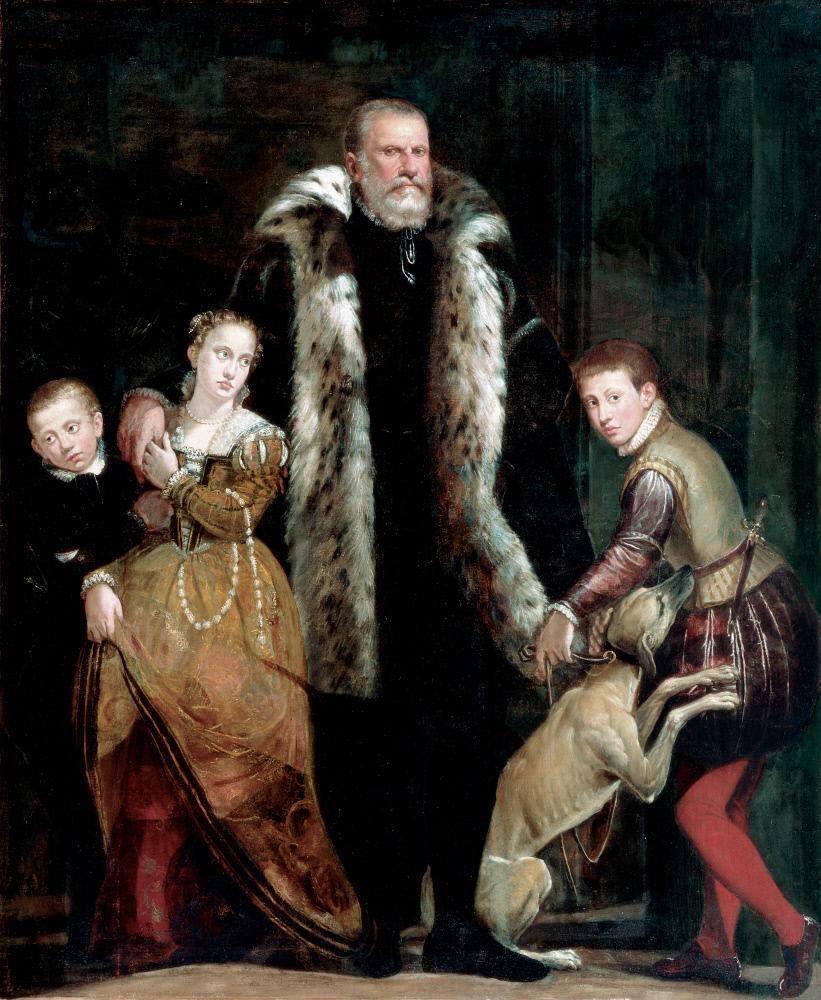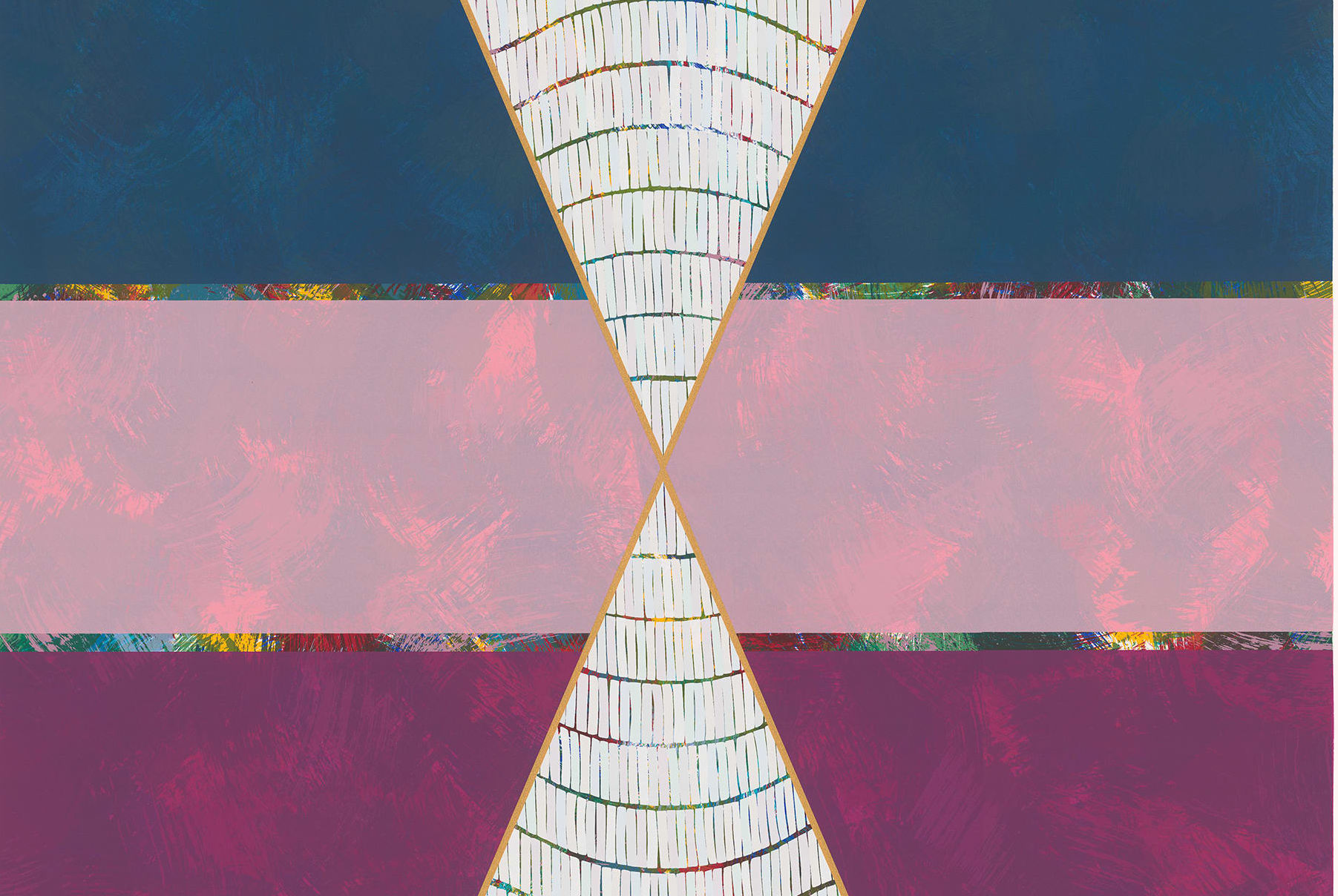A Group Portrait at The Ringling

Portrait of a Family Group, by Giovanni Antonio Fasoli (1530-1572)
Image: Courtesy TheRingling
Our ideas of fatherhood are different from those of 16th-century Venice, just as our ideas of how we would like to be portrayed differ from the serious, almost doleful expressions on the faces of this unknown family.
This painting is exemplary of the portraits that were fashionable for Venetian elite to hang in their grand villas, a snapshot of their wealth, as well as frescoes to adorn the walls. Giovanni Antonio Fasolo was a master of both (he in fact died falling from scaffolding while working on one such fresco). Full-length portraits were just beginning to find favor with the nobility of the mid-16th century, but Fasolo and his teacher, Veronese, immortalized several Venetian families in this style.
This portrait displays the family’s wealth through their clothing, and the family as the wealth of the patriarch. In contrast to the father’s austere garb, the two eldest children are dressed in colorful and costly silks. The boy heir promises to prolong the family name, the daughter is available for marriage. The third child, inconspicuous in black attire, seems an afterthought but a necessary one—he is the spare heir to his brother.
We no longer see children as the property of their father, like a nice ermine coat or a favorite hunting dog, but there are connections between our views of fatherhood and those in Fasolo’s time. Interpret the father’s hand as protective, rather than possessive, and the prominent display of his children not as representations of his assets, but as a source of pride, and the emotions Fasolo has put down in paint can be updated for our time.



